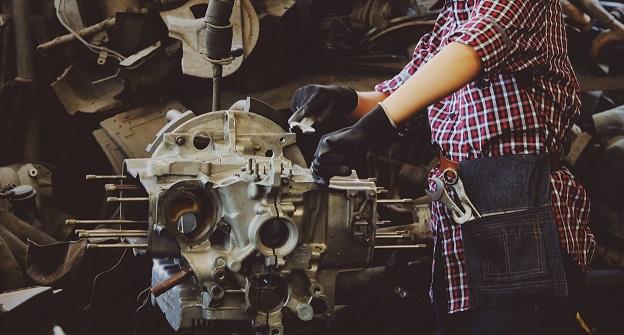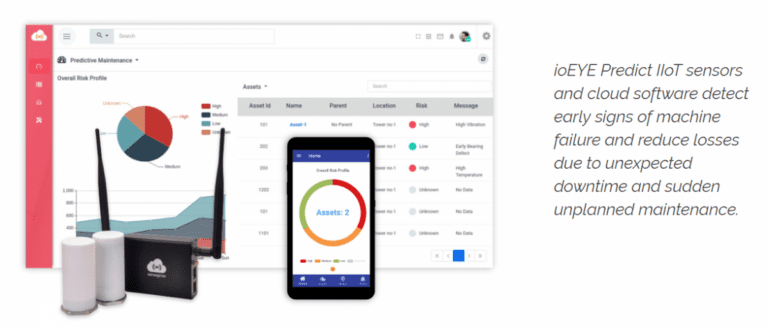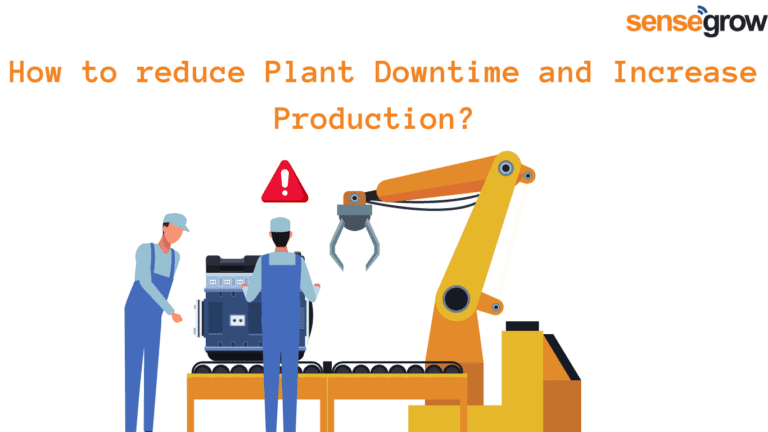Reactive Maintenance-When to perform and when not?
If you were looking to know what reactive maintenance is, then this article will give you a clear understanding of the term.
You will know its advantages and disadvantages, and why sometimes it’s the best way to perform this even on the most critical machines.
Read ahead to know more having said that.
What is Reactive Maintenance?
Reactive maintenance is a type of maintenance method where assets/machines are repaired after their full breakdown in order to restore them to their normal operation.
So, it is also known as Breakdown Maintenance.
Where Reactive Maintenance should be employed?
This type of maintenance strategy is mostly suited for machines that are non-critical in nature.
So, the machines inside your manufacturing plants that,
- Don’t affect the production process directly,
- Don’t have high maintenance cost involved during their repair
- Don’t have high capital and installation cost
- are the best candidates for employing the Reactive type of maintenance method.
What are the Benefits of the Reactive Maintenance Method?
Again as described above, it’s suited for non-critical machines inside your plant, and letting your important assets depend up to reactive repairs is certainly a no-go.
But emergency failures do happen inside manufacturing plants and you may need to perform reactive maintenance on your critical machines also. In-fact, people inside the maintenance team spend around (35-45)% time on reactive maintenance and they are supposed to reduce it to around 20% as per industry standards.
However, in rare cases like repairing satellites in space, only the reactive type of maintenance is preferred, as preventive maintenance strategy here will cost way beyond the cost involved in the former.
Some advantages which you get from Reactive maintenance is that you are not required to plan here and so there is no initial cost involved in this type of repair.
What are the Disadvantages of Reactive Maintenance?
There are many disadvantages of Reactive Maintenance which you need to consider before letting your rotating machines totally depend on it.
1. Reactive Maintenance adds More Expenses over time
Doing repair of your assets after their full breakdown seems easier and less expensive to you as compared to the normal routine-based Preventive Maintenance.
But over time and considering many other factors make it less likely to go with it.
Reactive maintenance is mostly unpredictable and unexpected in nature. So, you may not be ready with the required spare parts and labor just in time.
The emergency situation can make you pay high prices for your spare parts where you can also add their high shipping cost, time involved to reach the destination, and after-sales service.
2. Is Unsafe
When the maintenance task is planned like in Preventive Maintenance or Predictive Maintenance, the technicians have enough time to evaluate and solve the issue.
This might not be the case with Reactive Maintenance as your technicians would hurry under the pressure to repair the broken machinery.
This makes them vulnerable to risk during their repair task as they have to make the system running without delay
3. Leads To High Energy Consumption
When you are solely dependent on the Reactive Maintenance for your machines, mostly you will not be able to maintain it properly.
This will result in low efficiency of production and in turn, will consume more power adding to its maintenance cost.
4. Is Time Consuming
In case of planned maintenance in Preventive Maintenance, the technicians are prepared to look at areas inside the machines to diagnose the faults inside them.
This will make them quickly perform their required repair works to make the machine fully functional.
In the case of Predictive Maintenance where you can easily know the type of fault and its location inside machinery makes it much easier for the technicians to correct it.
In reactive maintenance, on the other hand, the technicians need to spend time looking for the right manuals and machine layouts or diagrams in order to diagnose the fault inside the machine.
Purchasing and ordering the right spare parts, and finally repairing the machines will ultimately consume more time to make it functional.
5. Reduces Your Asset’s Life
Constant repairing of machines after their full breakdown makes them deteriorate faster with their every repair.
In many cases during the emergency, you might not be doing the repair of your machine properly, just making it to get up and function for a while.
This reduces the life expectancy of your machines.
Ultimately, this can lead to high capital investment for you in case of its un-repairable situation in the future.
Final Words
So above was the comprehensive detail on the Reactive Maintenance method for machines.
Knowing all the above-stated facts, we can conclude that Reactive Maintenance still plays an important role in manufacturing plants.
But you will get value from it only when you perform it on small or non-critical machines inside your plant premises.
Reactive Maintenance is certainly not for important machines where high capital investment is involved. Few exceptions are there although.
In the case of critical machines in your plant, it’s better for you to go with more planned or advanced maintenance methodologies such as Preventive Maintenance or Predictive Maintenance.
If you are looking for a Predictive Maintenance Platform for your machines, then we at SenseGrow offer:
ioEYE Predict: The Vibration Monitoring IoT Platform.
Our ioEYE Sensor also monitors parameters like Ultrasound, Temperature, Magnetic Flux apart from the Machine Vibrations.
The platform will show you the health condition of your rotating machines on our SaaS cloud platform ioEYE Predict, which will help you to plan your maintenance tasks.






2 Comments
Comments are closed.